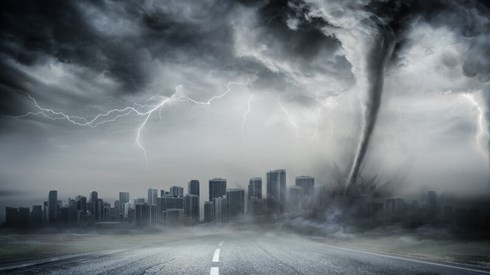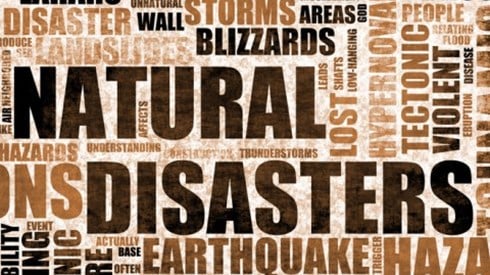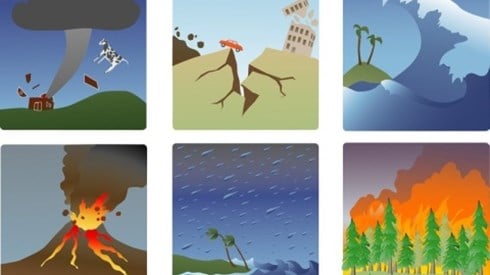2021 Natural Catastrophe Insured Losses Estimated at $105 Billion
December 17, 2021
Global insured natural catastrophe losses reached an estimated $105 billion in 2021, the fourth-highest total on record, according to the Swiss Re Institute.
While Hurricane Ida was the year's costliest natural disaster, more than half of the year's losses resulted from secondary perils, according to preliminary sigma estimates from the Swiss Re Institute. In addition to Hurricane Ida, extreme weather events in 2021 included a deep winter freeze, floods, severe thunderstorms, and heat waves.
Man-made disasters were responsible for another $7 billion in insured losses, resulting in an estimated $112 billion in total insured disaster losses in 2021, Swiss Re said.
"In 2021, insured losses from natural disasters again exceeded the previous 10-year average, continuing the trend of an annual 5–6 percent rise in losses seen in recent decades," Martin Bertogg, head of CAT perils at Swiss Re, said in a statement. "It seems to have become the norm that at least one secondary peril event such as a severe flooding, winter storm, or wildfire, each year results in losses of more than $10 billion. At the same time, Hurricane Ida is a stark reminder of the threat and loss potential of peak perils. Just one such event hitting densely populated areas can strongly impact the annual losses."
Hurricane Ida caused $30 billion to $32 billion in estimated insured damages, including flooding in New York. The year's second-costliest disaster, winter storm Uri, caused $15 billion in insured losses, Swiss Re said. Uri brought extreme cold, heavy snowfall, and ice accumulation, especially in Texas where the power grid experienced multiple failures due to freezing conditions, Swiss Re noted.
The year's costliest event in Europe was July flooding in Germany, Belgium, and nearby countries, causing up to $13 billion in insured losses and economic losses exceeding $40 billion, Swiss Re said.
"The impact of the natural disasters we have experienced this year once again highlights the need for significant investment in strengthening critical infrastructure to mitigate the impact of extreme weather conditions," Jérôme Jean Haegeli, Swiss Re's Group chief economist, said in the statement. "Investments in infrastructure support sustainable growth and resilience and need to be upscaled. In the [United States] alone, the infrastructure investment gap to maintain critical and aging infrastructure is $500 billion on average per year until 2040. Partnering with the public sector, the insurance industry is critical for strengthening society's resilience to climate risks, by investing in and underwriting sustainable infrastructure."
Natural catastrophe losses are likely to continue to grow faster than global gross domestic product given increases in wealth, urbanization, and climate change, Swiss Re said.
Swiss Re noted that the loss estimates are preliminary and that some loss-generating events, including December catastrophe activity, are still being assessed. In addition, the COVID-19 pandemic has prolonged the claims life cycle, especially for large events, leading to further delays in arriving at a final tally.
December 17, 2021




